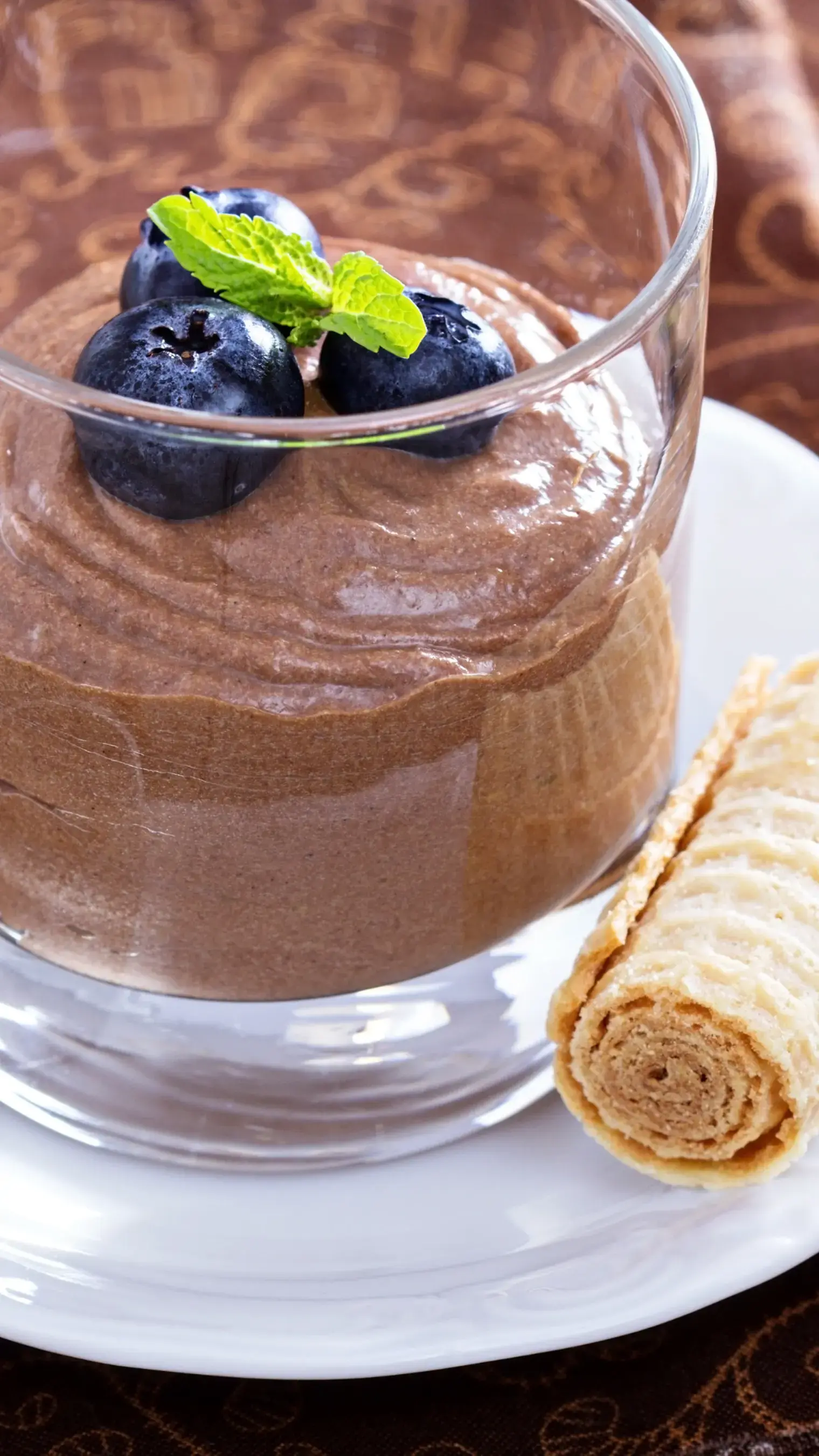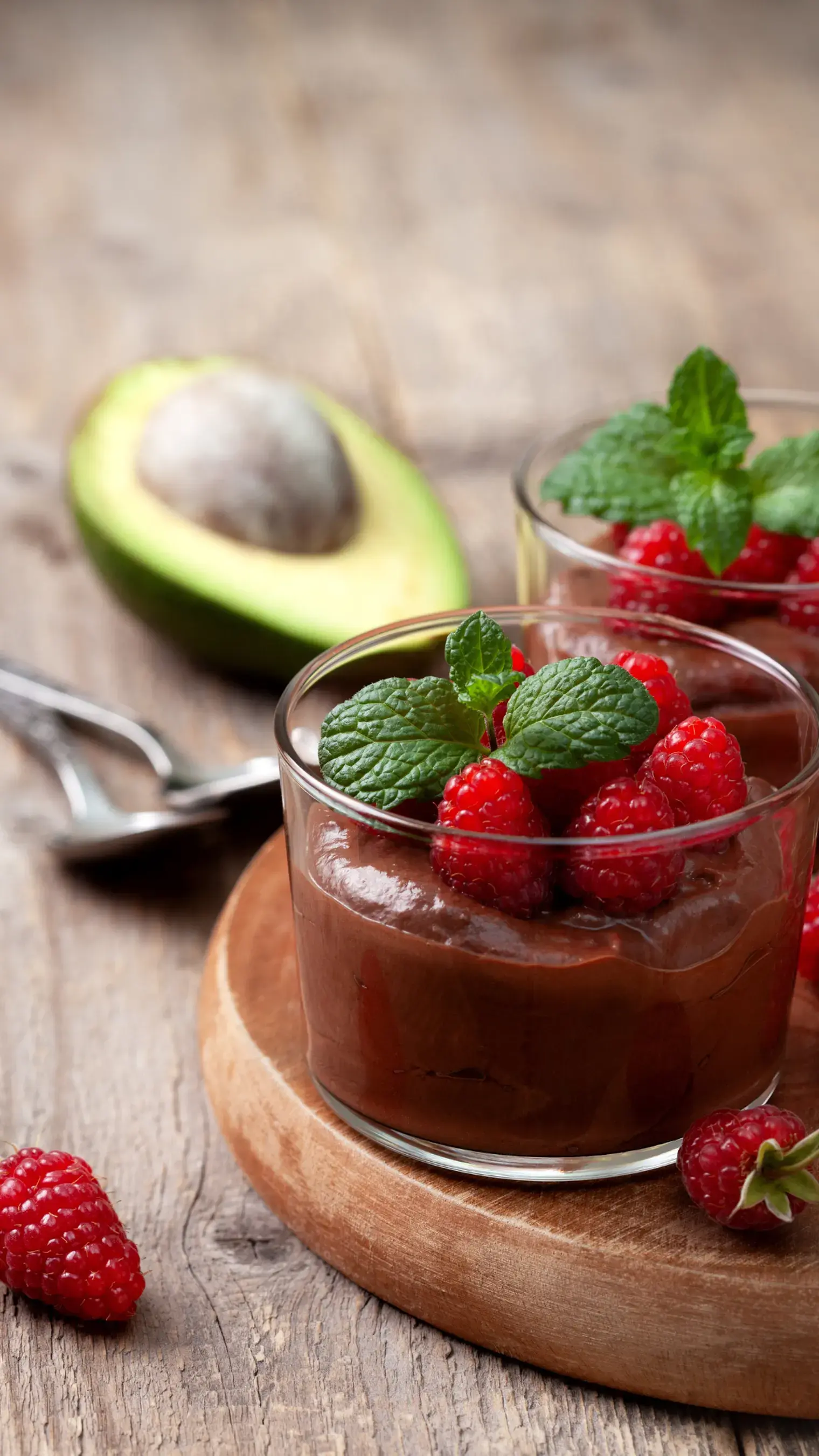When making coconut cookies with Crispello crunch or any other variation, keep these tips in mind to ensure your cookies are crisp outside with a chewy center.
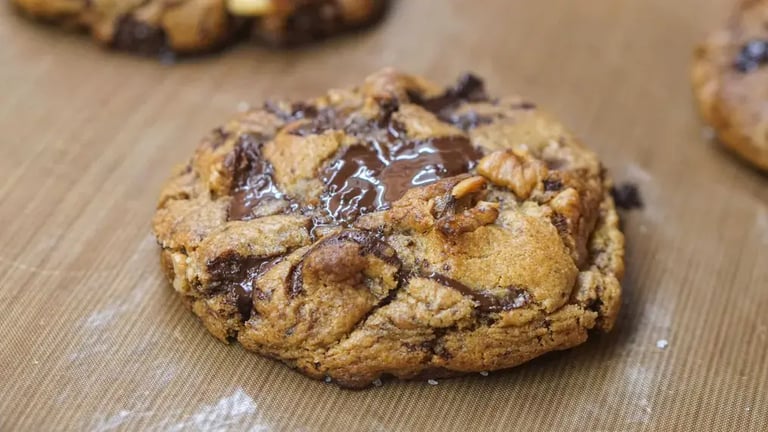
There’s something magical about biting into a cookie that’s crispy around the edges and soft and chewy in the middle. This contrast of textures is what makes cookies so addictive, especially if you’re making something fun and innovative like coconut cookies with Crispello crunch, where texture is just as important as taste. But nailing that crispy and chewy balance can be tricky. It’s a science as much as an art, and small tweaks in ingredients, temperature, and baking time can make all the difference. So whether you’re a beginner baker or looking to perfect your signature cookie recipe, this guide breaks down how to achieve that elusive crisp edge and tender center every single time.
Keep in mind that the crispy and chewy texture depends on a delicate balance of moisture content, sugar ratios, fat types, and heat application. Cookies crisp up when moisture evaporates during baking. A chewy center means some of that moisture remains locked in the interior. Managing this dual behavior takes strategic layering of ingredients and baking techniques.
The sugar
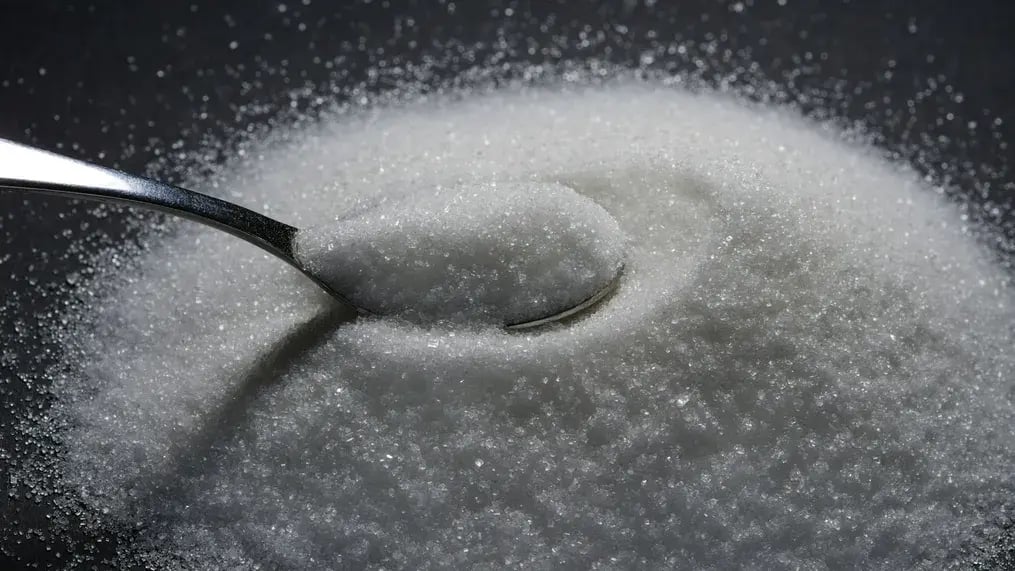
Sugar isn’t just about sweetness, it also affects spread, browning, and texture. Granulated white sugar encourages spread and contributes to crisp edges by creating a drier, crunchier bite. Brown sugar, on the other hand, contains molasses, which retains moisture and gives cookies that soft, chewy interior. So use a combination of both, with a slight lean toward brown sugar -- around 60% brown to 40% white, as this ensures the right balance.
The butter
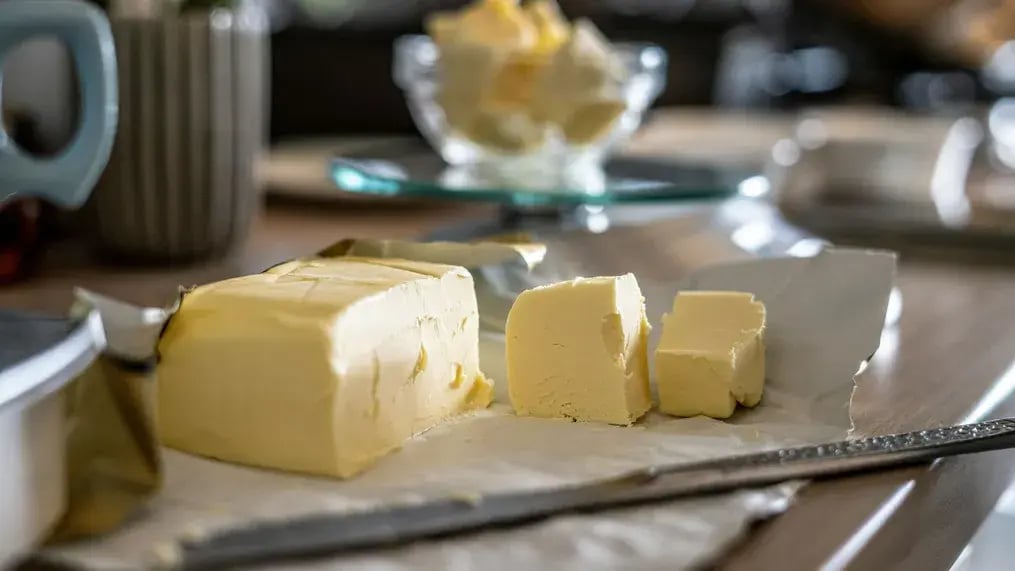
Butter temperature is another critical factor. Melted or softened butter allows the dough to spread more easily during baking, which helps form those thinner, crispy edges. Cold butter, on the other hand, holds its shape longer, leading to puffier, cakier cookies. Melted butter contributes to density and chew. Softened butter still allows spread, but adds air during creaming, giving you that crackly edge without flattening too much. Cream your butter and sugar well if you’re using softened butter. If going with melted, skip the creaming and mix directly.
The eggs
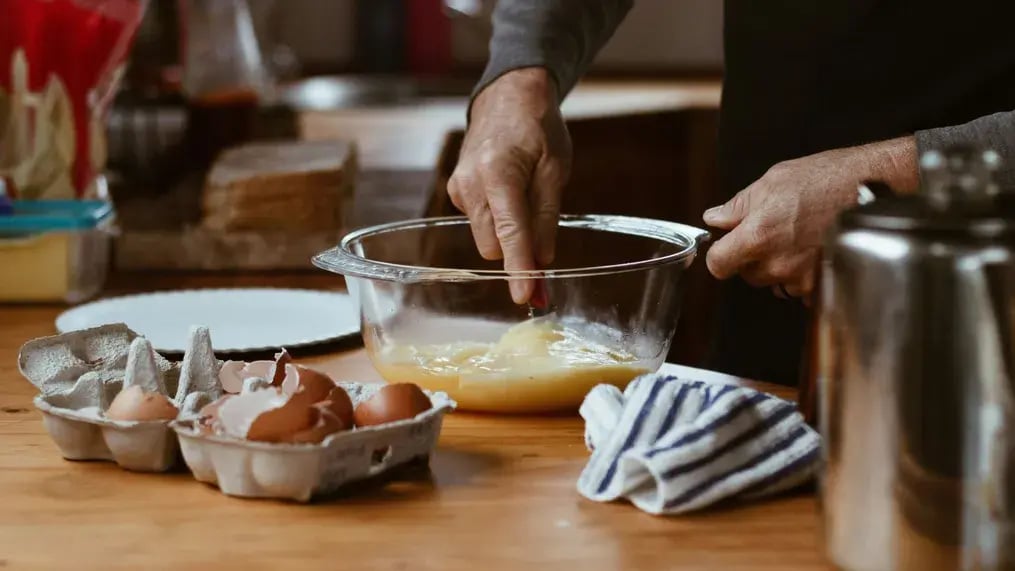
Eggs add structure and moisture. For a chewier cookie, you can add an extra yolk or use one whole egg plus a yolk. Yolks are rich in fat and protein, making cookies denser and moister. Whites tend to dry cookies out slightly, contributing to crispiness. A whole egg usually strikes the perfect balance for that dual texture. The yolk rich center stays gooey while the edges crisp up nicely in the oven.
The flour
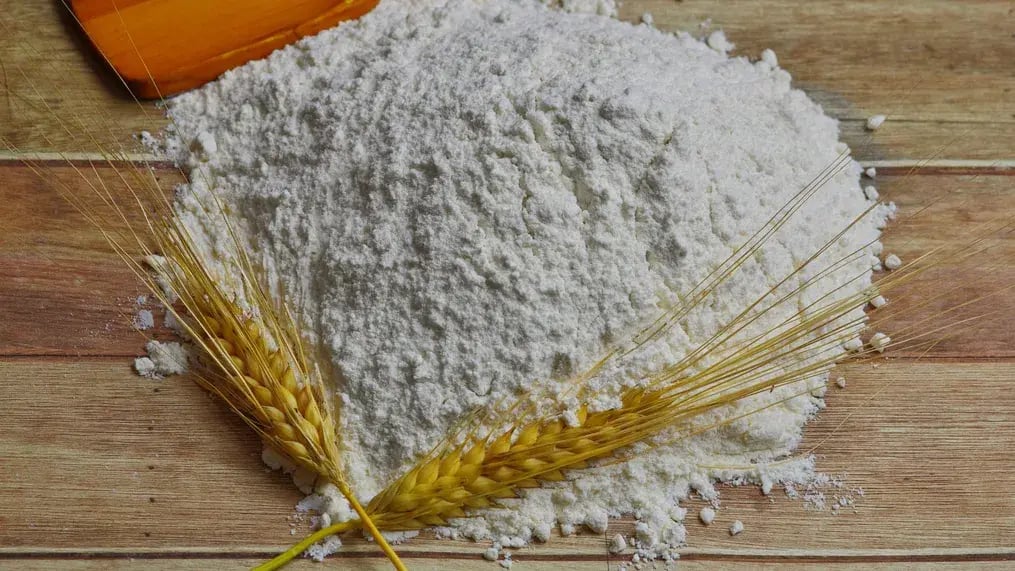
Too much flour will dry out your cookies and make them cakey. Too little, and they’ll spread too much, possibly losing both texture and shape. Use just enough flour to bring the dough together. Around 1½ cups per ½ cup of butter is a good rule of thumb. Use the scoop and level method when measuring, and don’t pack it in.
The add-ins
Mix-ins like coconut, chocolate chunks, or chopped Crispello add both flavor and texture, but they also affect baking behavior. Coconut adds natural oils and fiber, encouraging chewiness. Crispello, with its airy crunch and creamy chocolate center, offers crisp pockets that intensify the crispy edges while leaving the middle soft. Make sure your mix-ins are well distributed. Chunks of Crispello near the edges can caramelize slightly during baking, adding to the crispy texture.
The chilling
Chilling helps cookies keep their shape and intensifies flavor. It also gives flour time to fully hydrate, which helps maintain chewiness. So chill the dough for 30 minutes to 1 hour for more structure and even browning. If you prefer a more spread out cookie with thinner crisp edges, you can skip this step or chill briefly. For cookies that need to be baked quickly, you can go from dough to oven, but for texture control, chilling gives you more power over the end result.
The baking
Temperature is key when it comes to getting a crispy outer shell with a gooey center in the cookies. Bake your cookies at 175°C or 350°F. Higher heat cooks the edges faster, leading to crispiness. The center lags behind, leaving it soft and chewy. Don’t overcrowd your tray. Give each dough ball space to spread evenly so that hot air can circulate and create those caramelized edges.
Like This Article?
More Like This
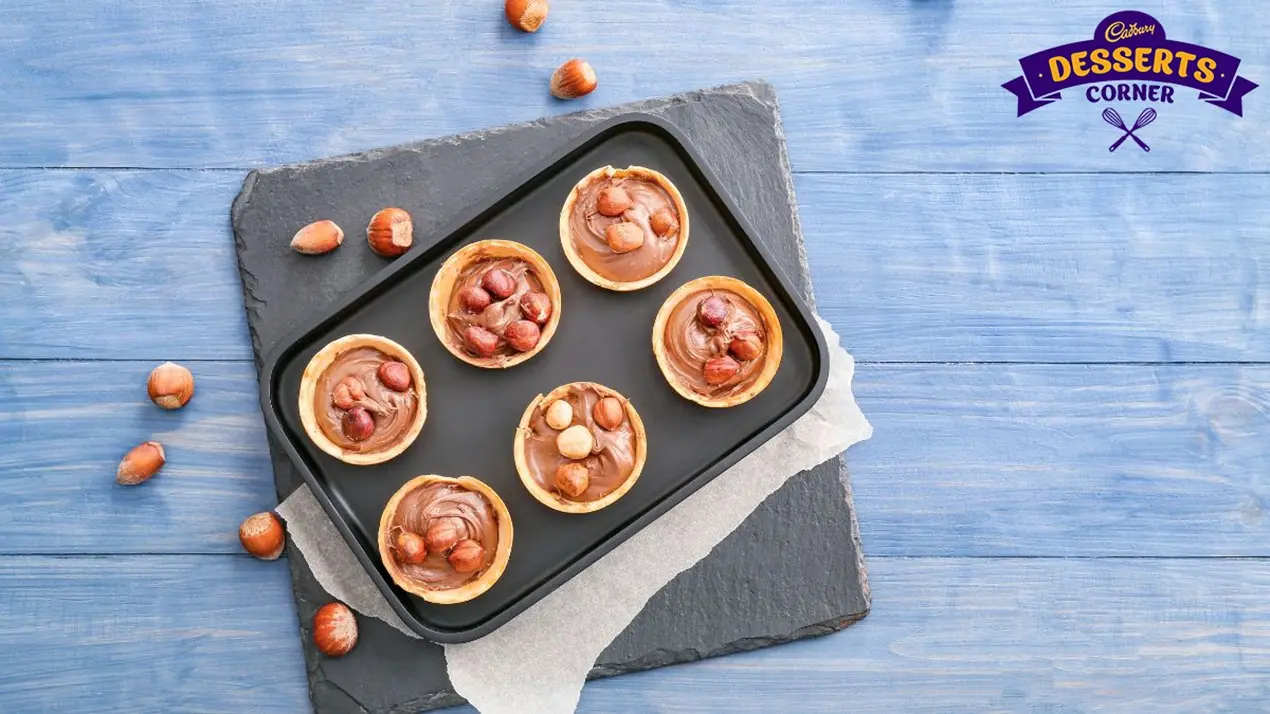
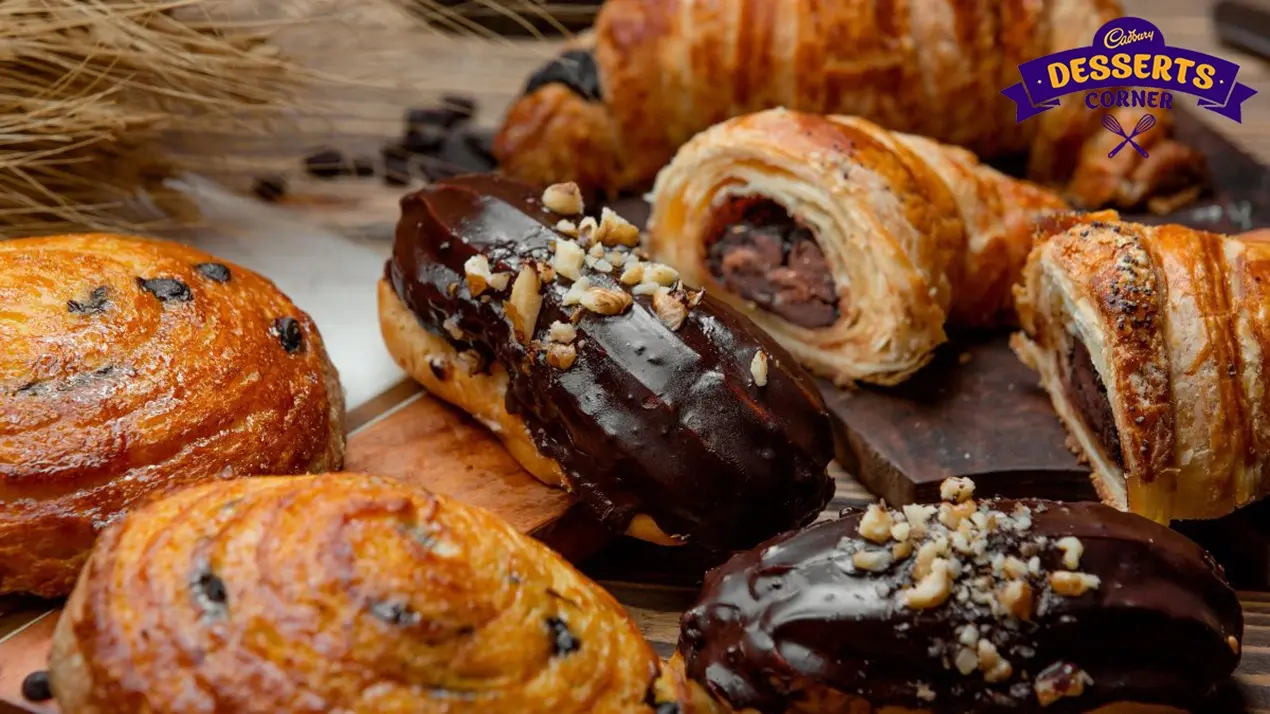
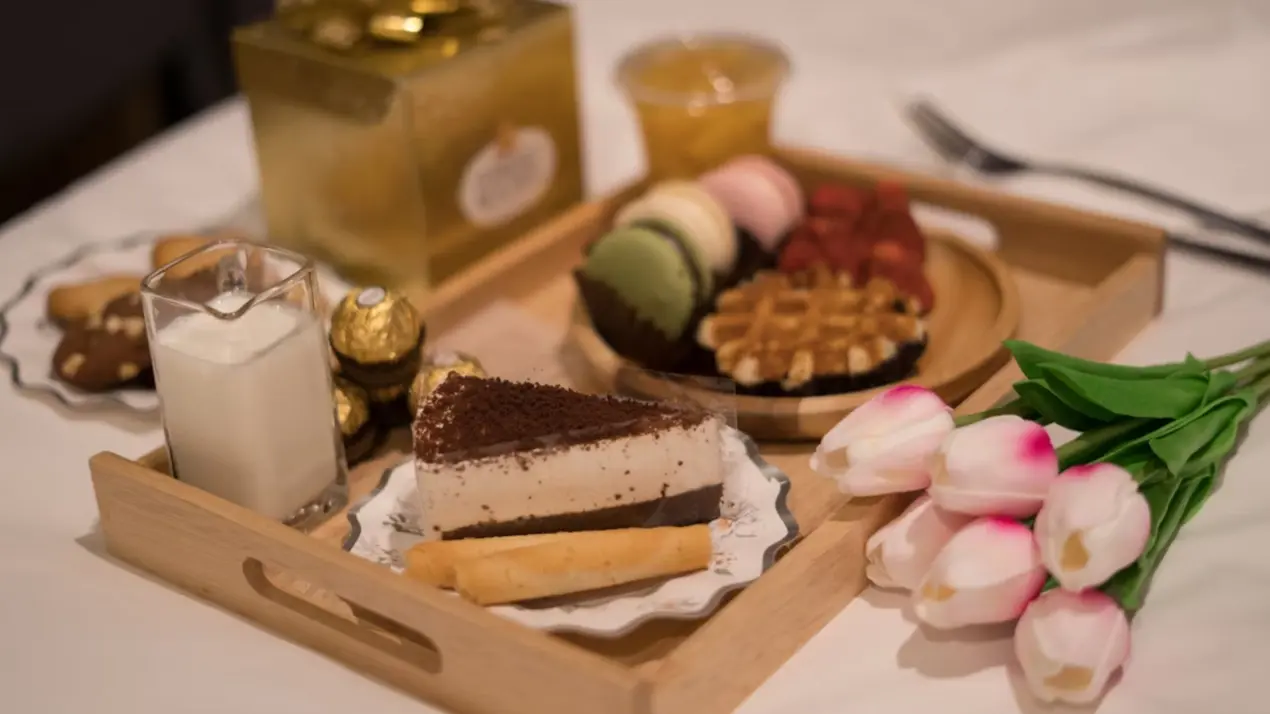
Popular Articles



Trending Web Stories
Curated Recipes



















